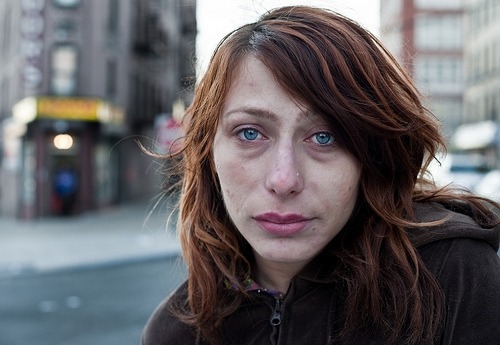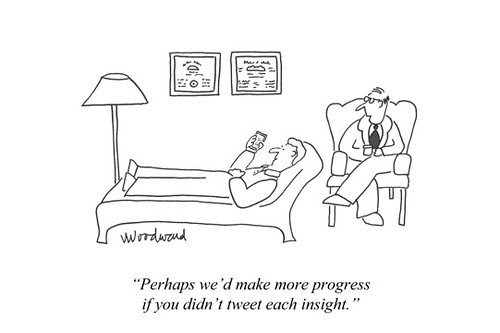These are some suggestions that I use with my clients.
By no means is the list complete.
• Eat something before getting to the bar or party.
• Have a plan for the evening: How long will you stay?
Who are you going to be
with?
Know when you will be home.
Goal is to avoid open-ended nights.
• Limit yourself to only one drink within a 30-minute period.
• Know what a “drink” is. Remember, a pint is 16 ounces.
Drinks you have with dinner also count.
- 12 fluid ounces of beer
(about 5% alcohol)
- 8 to 9 fluid ounces of malt
liquor (about 7% alcohol)
- 5 fluid ounces of table
wine (about 12% alcohol)
- 1.5 fluid ounces of hard
liquor (about 40% alcohol)
• Keep in mind BAC (BloodAlcohol Content) and think about why it’s important. Maintaining a BAC lower than .06%* is
crucial to moderate drinking because our ability to reason
becomes impaired at this point. It is the point of no return for problem drinkers. Even if the intention is to limit alcohol intake, if the BAC is higher than .06% you are more likely to continue drinking. Binge drinking is defined as having a BAC of .08% or higher.
*Disclaimer: these recommendations are for people who don't plan on driving a car. Remember, riding a bike under the influence is dangerous and against the law.
Drivers, please consult regulations for your state.
• Alternate between alcoholic and non-alcoholic drinks.
• Drink water in between drinks.
• Nosh on snacks while drinking.
• Tell others, friends and acquaintances, of your
intention to drink moderately, if you feel they would be supportive.
• Ask yourself what is the primary goal of the event? Is it
social
or just for alcohol consumption? If it’s the latter, rethink who you are hanging out with.
• Plan activities that don’t automatically involve alcohol.
Be
creative.
• If you always drank at a certain
time, for example after work, have a plan in place for those off nights. Go to the gym, go for a run or plan an outdoor activity. Go to the movies.
• Remind yourself of the reasons why you want to drink moderately. For example, the hangover next day; money spent on drinks, cabs and food; the pride in knowing that you can practice self control.
• Practice mindfulness with alcohol. Is your goal to enjoy the taste of that IPA or red wine? How does it taste? What is its texture? Describe what you observe about your experience of drinking
and the people around you.
• Notice how alcohol affects people differently. How do you think alcohol affects you?
• Write in your journal about the experience.
• Remind yourself that it gets easier the more you practice it.
• List the benefits of moderate drinking in the same journal.
• Know how alcohol interacts with the medications (over the counter or prescription) you take. Often, medications amplify the effects of alcohol, so let that be the guide in what moderate drinking looks like for you.
If you have other ideas, add them
below.




